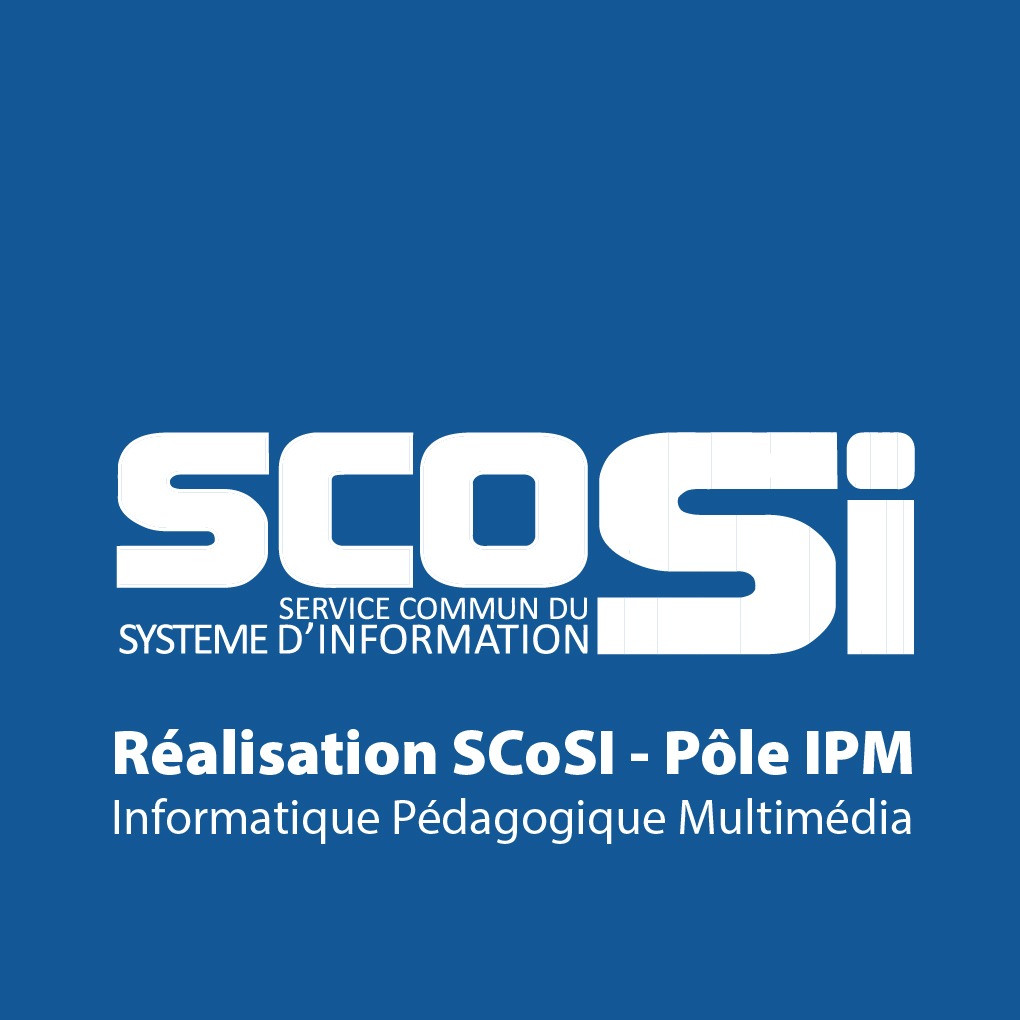Industrial Dynamics: Evolution of Public-Private Relations in Space Business
On April 23, 2021, Thomas Pesquet became the first European to use the Falcon 9 launcher developed by the private American company SpaceX. By using a private company to transport astronauts to the ISS, NASA has taken a major step in public-private relations. To understand the significance of this shift, one must remember how the conquest of space began in the late 1950s. At that time, no organization had sufficient technological expertise to undertake the ambitious missions we know today. The space environment was largely unknown, and exploration was permanent.
To face the radical uncertainty surrounding space activities, the two superpowers, although having antagonistic economic systems, decided to entrust the conquest of space to governmental organizations. To develop the scientific and technical expertise needed for the conquest of space, the US centralized space activities in a small number of government organizations, such as NASA and the Department of Defense (DoD). These integrated organizations developed many of the technologies they needed for themselves. By playing both the demand and supply side, NASA and the DoD were compensating at short-term a market failure.
In parallel to this surprising approach for a capitalist country, the US considered that this market failure could be reduced in the long term. It was necessary to help private actors develop the expertise necessary to produce space technologies that were reliable enough to be sold on the market. NASA and the DoD therefore awarded contracts to national companies, first for equipment (e.g. antennas), then for sub-systems (e.g. satellite payloads), and gradually for complete systems such as satellites and launchers (Dos Santos Paulino, 2020). NASA and the DoD, the main arms of U.S. space industrial policy, have implemented a mission-oriented innovation policy (Mazzucato, 2018). These government clients created, shaped, and sustained the space technology market. Gradually, a U.S. space industry emerged, composed of industrial value chains covering the entire spectrum of space activities (launchers, space exploration, telecommunications, etc.).
Although national specificities may be strong, the evolution of public-private relations observed in the United States has served as a model for all capitalist countries (Barbaroux, Dos Santos Paulino, 2013). Government agencies in Western countries have also contracted to gradually hand over more responsibility to private supply actors. Despite this evolution, the agencies still retained responsibility for the design of new space systems such as new launchers. However, in the mid-2000s, NASA decided to take a major step forward with the COTS program. For the first time, it proposed to purchase a service to transport cargo and passengers to the International Space Station.
The COTS program transfers responsibility for the design of new critical technologies to private actors. The public-private relationship was greatly modified; NASA took on a role that was even closer to that of a simple customer. At that time, NASA considered that the uncertainty surrounding the space environment was sufficiently mastered by private actors.
This new type of call for tenders tolerates more creativity and new entrants are betting on technologies disrupting the existing consensus among the firms in place. For example, the private company SpaceX proposed to develop a transport service based on a reusable launcher, the Falcon. Although laughed at by the firms in place, this project will be retained by NASA in the face of more conventional technical solutions. The change in the public-private relationship was a risk that proved to be a success for NASA, since the reusable launcher technology is becoming the reference.
Thomas Pesquet’s boarding of the Flacon 9 rocket is the visible part of a major transformation in public-private relations. By entrusting the design of critical technologies to private producers, public customers have agreed to reduce their influence on the industry. This new public-private relationship is likely to continue to deepen in the future. Producers will increasingly influence the industry’s innovation paths, while public actors will have to invent a new role for themselves.
By Victor DOS SANTOS PAULINO
Co-director of the SIRIUS Chair
TBS Education
References:
Barbaroux, P., & Dos Santos Paulino, V. (2013). Le rôle de la Défense dans l’émergence d’une nouvelle industrie : le cas de l’industrie spatiale. Innovations – Revue d’Economie et de Management de l’Innovation, 42(3), 39–58.
Dos Santos Paulino, V. (2020). Trajectoires d’innovation dans l’industrie spatiale. Londres: ISTE editions.
Mazzucato, M. (2018). Mission-oriented innovation policies: challenges and opportunities. Industrial and Corporate Change, 27(5), 803–815.
More:
 |
|



